Who is IV Max? During the day he works as a full-time freelance product designer crafting experiences for clients. During his time off, he’s dabbling, experimenting, studying and learning whatever he can to close the knowledge gap between what is known and what needs to be known during a creative project. It’s exactly this desire to close the knowledge gap that has driven his current success both in work and in art. Who is IV Max? He’s just Max.
“For me just throughout my entire life, I’ve been on a search for knowledge and really, really trying to create things that don’t exist in my world. So that’s basically me as a person. I’m basically me and my art and my work.”
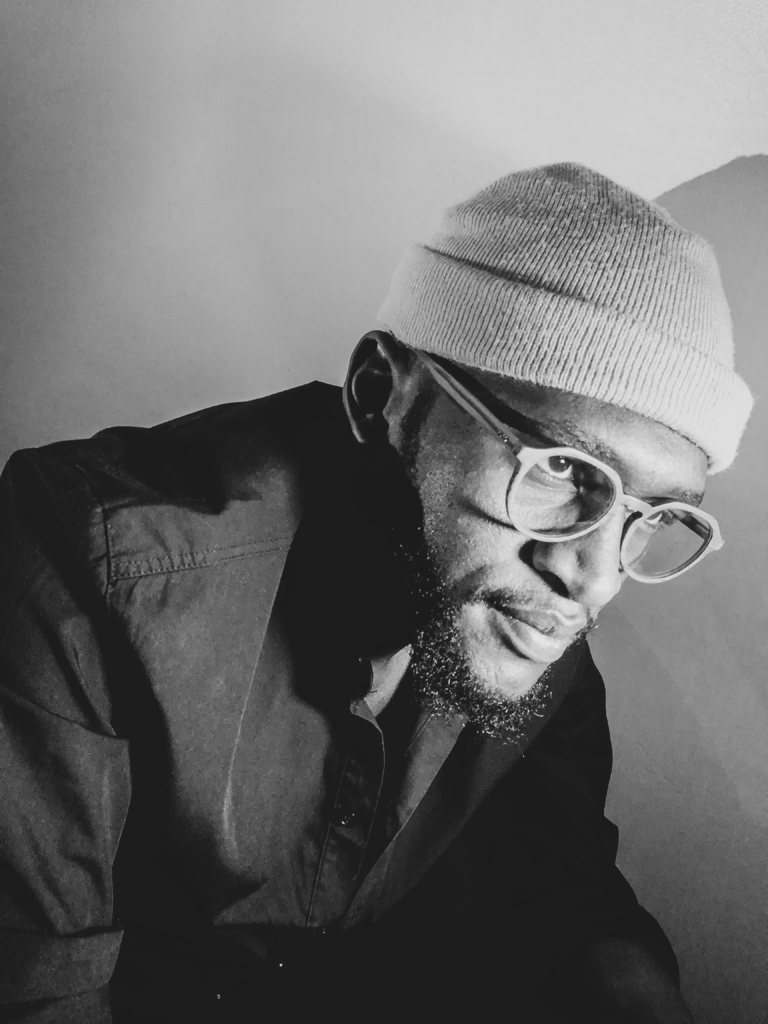
Makabongwe Hlomendlini goes by the artist name of IV Max. The first two letters ‘I’ and ‘V’ come from the first letter of his mother’s and aunt’s first name. He describes these two women as being a pivotal part of his life growing up in a small village in South Africa. “I’m the only child raised by a single mother. And growing up…I grew up with a lot of cousins around me and they had much fuller families than I would call my family. They had mothers, fathers, aunts, sisters too. So, I was kind of the black sheep of the family…” In his culture, being a single mom opposes the importance of marriage. The cultural stigma eventually led to his mother relocating to a suburb in Queenstown, South Africa. Although being different brought its burdens and frustrations, there were upsides. “Growing up I think I was a very curious kid I never really went out to play with other kids. I just wanted to learn, read. Whenever I’d go to a shop, the only thing I was looking at were the pens and pencils and colors instead of looking for the toys. So I was always this creative kid in some way or the other. Whenever there was a project in school, I’d go out of my way to really, really excel when it comes to artistic things, technology things, or science things. Things that were practical, things I could touch, things I could learn more [about] while I was touching [those things]. So I was just a curious kid while I was in that space.” His affinity for more creative activities was yet another stigma. The expectation for careers fell under more practical fields like education, medicine, or the judicial system. Yet, having the support of his mother and aunt propelled him. The IV also represents what Max describes as an art society he runs. And although he’s worked to build and grow this society, he humbly says it’s too small to be a company (for now).
Back in 2013, Max recognized a need for himself that had roots in a larger problem faced by many in South Africa. He recognized a need to know more than what was available, and to put all that knowledge to use. “I was trying to find an umbrella for all the types of arts and disciplines that I’m able to do.” He works with people in the community. “For example, if I’m working on a videography project there are certain photography kids within the community that I call and [ask] for assistance, and they’re able to get some knowledge out of that. Same thing with if I have an exhibition. I’ll ask some [public relations] students from a local university to come and help me with the event. So, for me, it’s more of giving some experience to kids.”
The experience he’s referring to is work experience. Some of us are familiar with the deadly chicken and egg scenario: you need a job but to qualify, you need experience…but to get experience, you need a job. And so on, and so on.
“They aren’t able to get jobs because they don’t have enough experience; they may be qualified but they aren’t getting the necessary jobs. So, I’m creating that experience for them that they may be able to either get a job or be inspired to start their own businesses.”When I spoke to Max about what triggered the need to not just help himself but also help others in the process, he recalled being in school yet having a limited education in terms of art. In fact, up until high school, art classes weren’t even available. “Throughout my schooling days, none knew about what to teach me or what to tell me about art except for what they saw in textbooks in which it was mostly history and nothing which was practical. So I had this thing of having to go out by myself and go find that knowledge, try and find books, research online and try to do as many online courses as possible just to cover the time I wasn’t able to consume the knowledge as I wanted it. Now that there’s internet today, I am able to get at least 10x more information than I was 10 years ago. I think that’s what inspired me more was the lack of knowledge.” This lack to of knowledge and experience, this inability to apply and make use of what you know became a conviction.
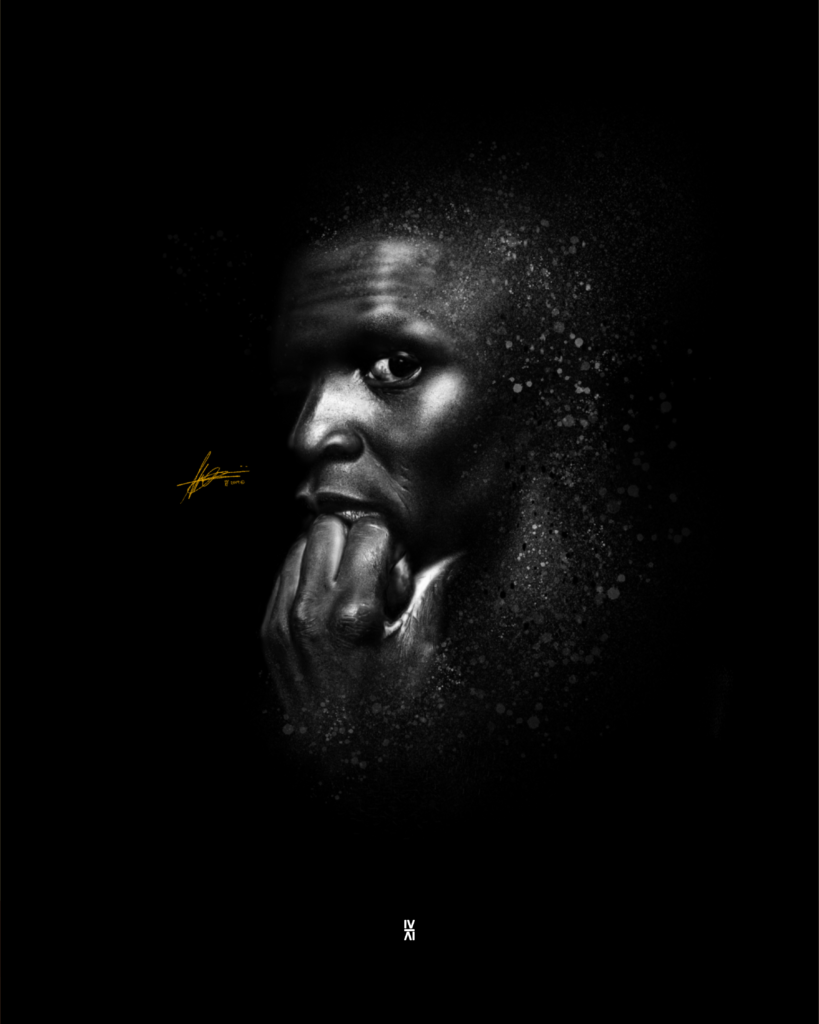
Digital painting by Max
“I think UI design is the bridge between reality and the virtual world.”Max works as a freelance product designer. “[You] become the person who gets to give the experience to the normal person who is in reality and who’s trying to experience technology. And you’re the person behind that. So, you become the bridge to that. It opens your eye into a whole lot about how people interact and experience technology from just the normal person’s, a layman’s point of view I’d say.” Max spoke about how his profession and his artistic inclinations became more and more unified. “I’ll be honest, I was separating my art and my design. Being that my art was very private, and my design was very public…” Yet, with the onset of augmented reality he started merging the two together. “And that’s where things like UI and UX design come in handy, because that’s where you’re dealing with interaction with other people through technology and virtual spaces. So how they interact with my artworks in that virtual space is important right now in how I create my art and in consideration of those experiences that will be there in the future.” For those unfamiliar with terms like UI or UX design, it’s a field of technology focused on the look and feel of software (like apps and websites) and sometimes hardware. The objective is to create better experiences between people and technology so that technology works for us, not against us. Designers, people who work in that field, try to put themselves in the shoes of others, something Max does when creating his artwork and thinking of how to create an experience with that art.
He’s thinking about a future where the everyday use of augmented reality (AR) could allow the sending of AR files by phone. What if we could share virtual art in that way? He knows it may be a few years before anything close to that happens, yet he feels it’s important to think of the future ways in which we might consume and share.
Max’s curiosity has led him to explore various mediums to find his strengths and, in some cases, just to store knowledge of something away. “I’ve tried everything that I could possibly get my hands to in terms of mediums in art. I’ve done sculpture, lithography, screen printing, I’ve done a whole lot of watercolor painting, acrylic painting. I’ve also tried graffiti, but I wasn’t really good at it because I couldn’t control the different speed levels, so I was struggling there. Right now, I’m strictly on oil paint for my physical paintings on the side, then I do digital paintings which are more cost effective.”
He says, “…One thing I commonly found was that I hardly find any black skin and if there is some, it’s in the background. That’s one issue that really bothered me. I wasn’t finding real history of African art or any existence of African art except the ancient artifacts that aren’t even in Africa for me to go visit…So that kind of inspired to see more art that looks like me or my people. Not that there isn’t any art around, it’s just that the art in Africa hasn’t had a chance to evolve like European art.” A common theme is right. A lot of the art we’ve become familiar with, the art heavily influenced by Europeans, had plenty of time and influence to find its place in society and evolve with the times. When thinking of why African art has yet to experience the same journey, he mentions that historically speaking, there was and has been a lot of larger things happening that almost acted as interruptions to the development of African art. “To get to learn what perspective is, to get to learn anatomy, body anatomy, to get to learn things that make up artistic compositions and structures. Those were things we didn’t get to learn for ourselves. We didn’t get to develop within our own art because we did have our own art. What you see is more like a phase and [us] trying to catch up with the world art and pushing African art to the limit.”
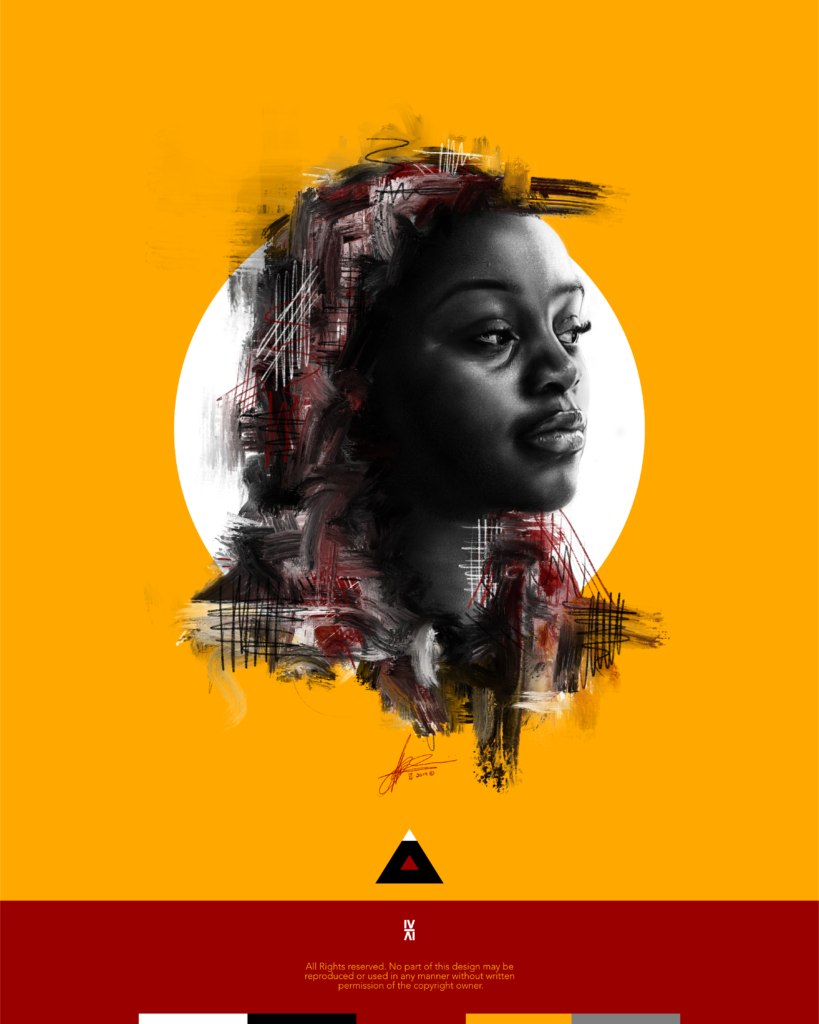
Digital painting by Max
When looking at the work that Max has shared online, you are looking into hyper-realistic Black faces. Faces of men, women, and children in black and white. The backgrounds are splashed with geometric shapes and color. There’s a sense of strength, solidarity, familiarity. These are faces that might look like someone you know, people you’ve seen. “…I’m trying to focus more on the skin color and be as neutral as possible with the color, so using black and white and the shades in between. Trying to focus more on the detail and showing there’s much more detail you can get out of just using the simple basics in which its just black and white, and the other shades you get in between matter. And it also depends on how you blend that white and black.” He also looks forward to doing more work with the human body and movement.
“…there’s some beauty in complexity.”“For me, I think I go for the most complicated projects. I like to push things to the limits. If I have to add small elements of engineering if I’m doing a project, I will do so just for that small complicated part of engineering so that I get to know some little bit of new knowledge in engineering and how that works in art. The complexity part makes it much more interesting for me. Without that small complexity element, it becomes okay for me, but it becomes excellent when there’s more to it than what meets the eye.“
When he’s not working or creating, he’ll go for a walk or jog around while listening to music. He tries to meditate despite the noise of the outside world where he lives. “I do it whenever I can. I don’t watch TV or watch movies. I like reading…I prefer a whole lot of historic reads, whether fiction or nonfiction. I like things that have got to do with history.” And when it’s really time to wind down and do things differently, he turns to the people closest to him. “My mother. I think that’s one of the things that take me off a whole lot of things. She’s very funny, she likes talking. I get to relax when I’m with her. She hates me working so she likes getting me to relax and do things that are outside of my work.”
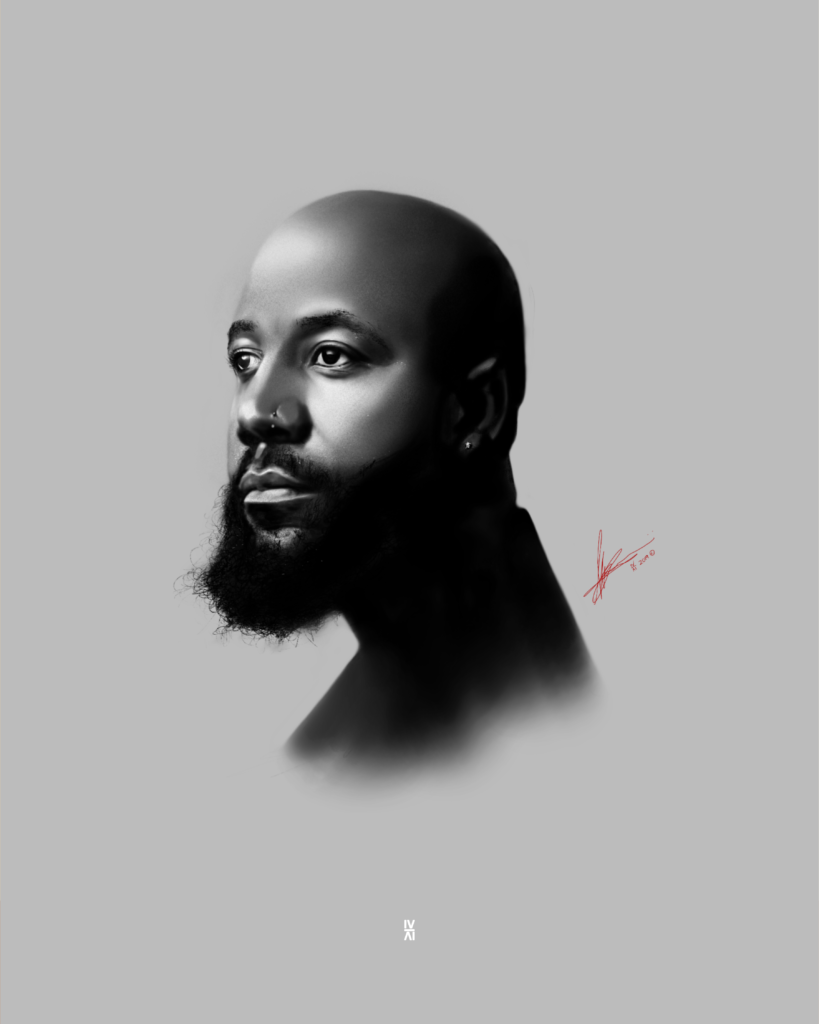
Digital painting by Max
As for his advice to other creatives, he had this to say:
“One common thing I always say to most artists that I meet who really want to grow, one thing I really found most common in them is that most artists are discouraged by how much they make out of their art. That’s really a common issue. The reason being is that they can’t really charge for their work. So, it becomes really discouraging for them to work so much on certain artworks and not really get anything out of it. The one thing I say is they should add as much value to their work as possible. If it means getting to know other disciplines and then adopt those to try and add more value into your art form, do so. If it means reading as much as possible about a specific subject, do so. Value is pretty visible in everything. There’s a big difference between a hundred-dollar phone and a thousand-dollar phone. Just from the way they look, the build of them, the way they function, the fluidity. There’s a big difference between the two, and in most cases it’s the value being put into the phone more than just having the brand standing behind it. I think most importantly for artists, they should add value to the artwork so that’s it’s visible to the buyer.”
Find ways to not just sell your art but showcase the value behind that artwork. It’s a tough challenge to rise to but we are all capable of finding our value and owning it with our work.
CHECK OUT MORE WORKS BY MAX:
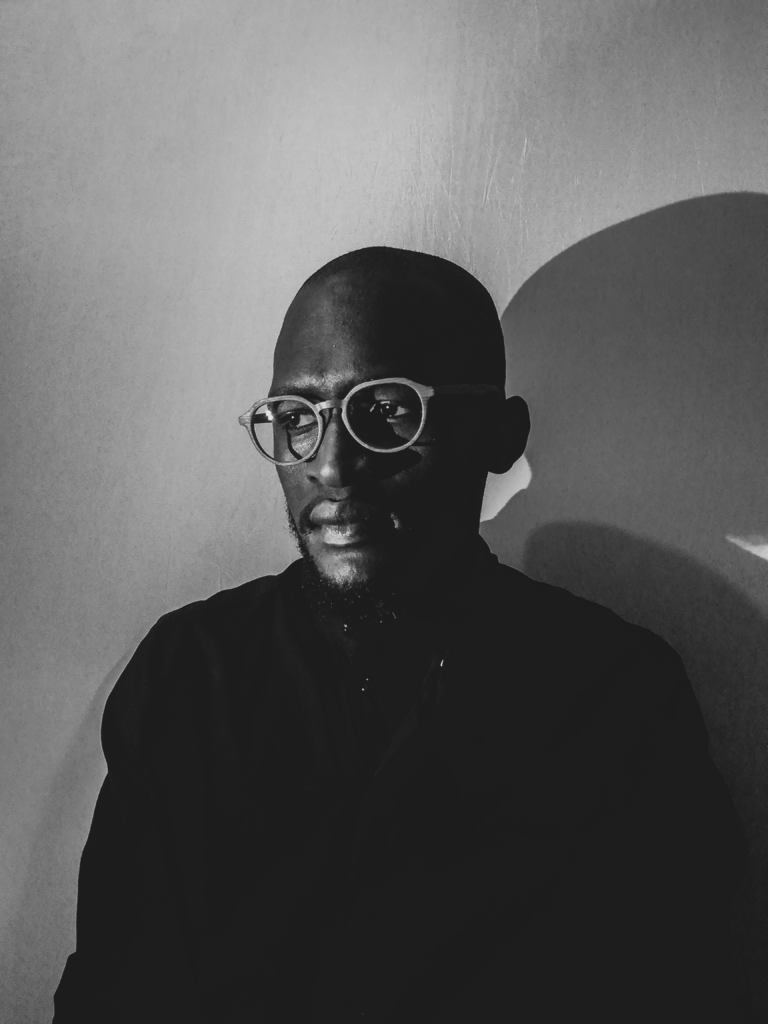
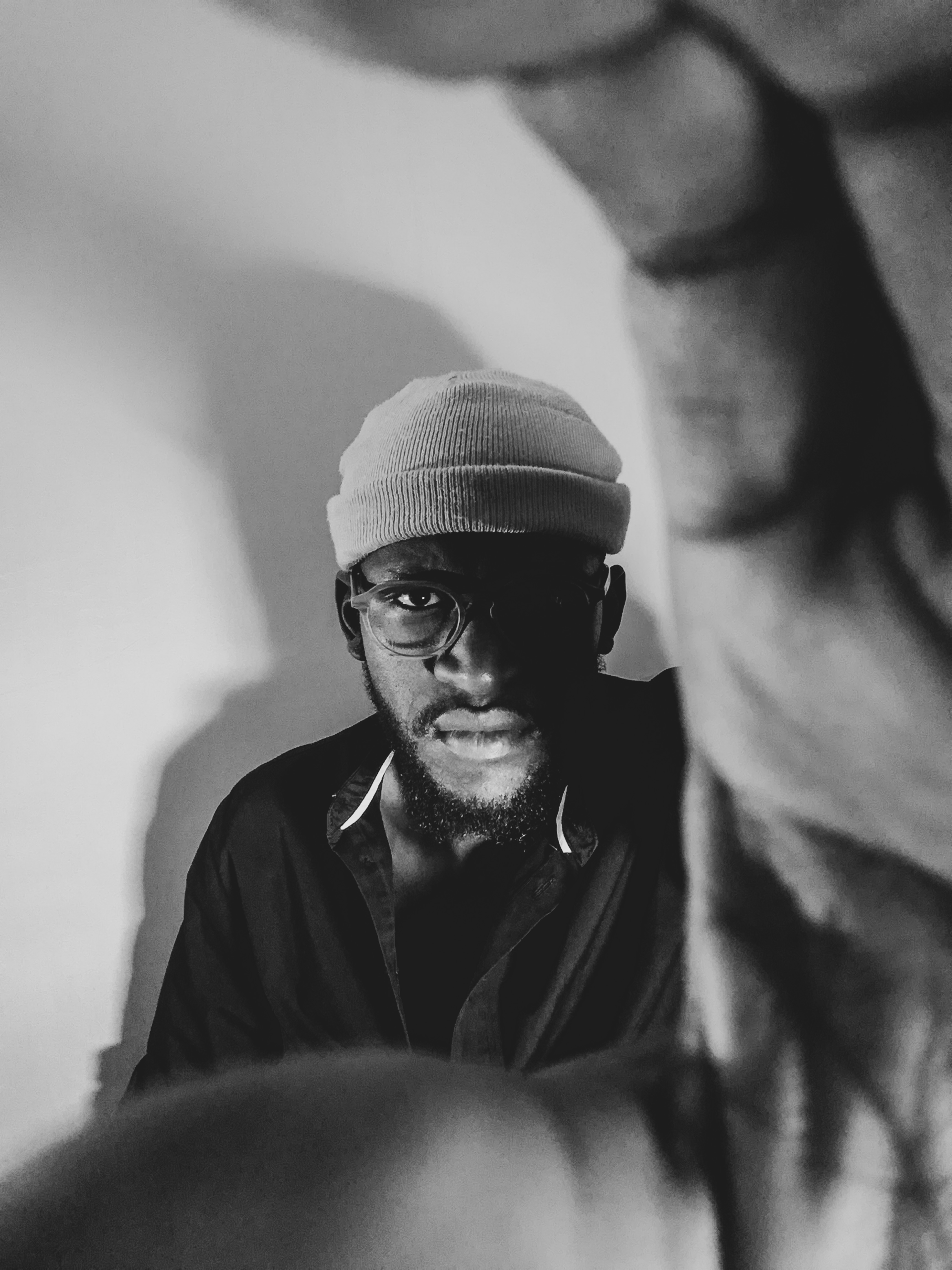
Leave a Reply